This week the moon is in its First Quarter and we’re pricking out our tomato seedlings into bigger pots. If you haven’t sown your seeds yet, here’s how we did it.
I thought I had only a 75% germination with our Romas, but a couple more have popped up, so now it’s 85%! And the topple off the windowsill for the punnet of the other tomatoes can’t have been that bad, as most have germinated. The Tigerella seeds didn’t germinate in that first lot though, so it will be interesting to see if we get anything with the second lot of sowing.

Things you need for pricking out:
Pots and potting mix
A well-balanced organic fertiliser or Blood and Bone
A knife
A dibber or stick to make holes
Labels
Liquid seaweed

We wash the pots that we re-use in water that’s had a splash of white vinegar added to it to sterilise them.

If you’re still in Level 4 with no access to pots, you can make them from newspaper which has the added bonus that you can plant them when the time comes, paper pots and all, directly in the ground. Rob shows you here how to make newspaper pots.

It’s good to add a little bit of fertiliser to the potting mix at this stage as the plants will be in their pots for about a month and grow quite big. It gives them a bit more food to live on. I put a ¼ teaspoon of our Natures Organic Fertiliser in each pot and mixed it in as I went, but you could mix more in a pile of potting mix first.

When the pots are full, make holes with your dibber or stick.

Write up any new labels.
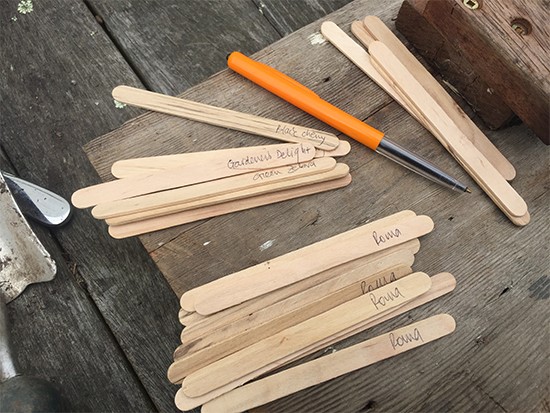
Then with your knife, carefully cut along the rows and then between the seedlings and gently lift them out of the punnet, making sure you hold the seedling by the leaf not the stem, and trying to keep as much of the soil on their roots as you can.
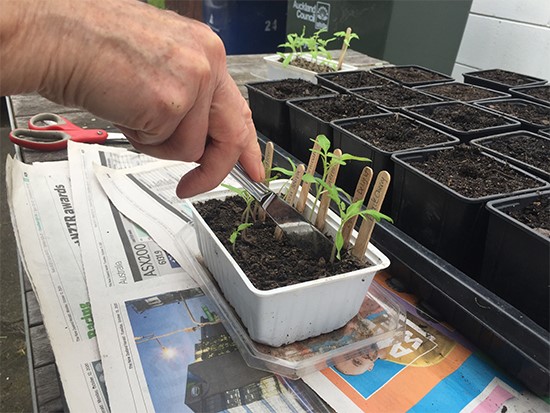
Lower them into the pot and backfill using the dibber or stick. Insert the label.
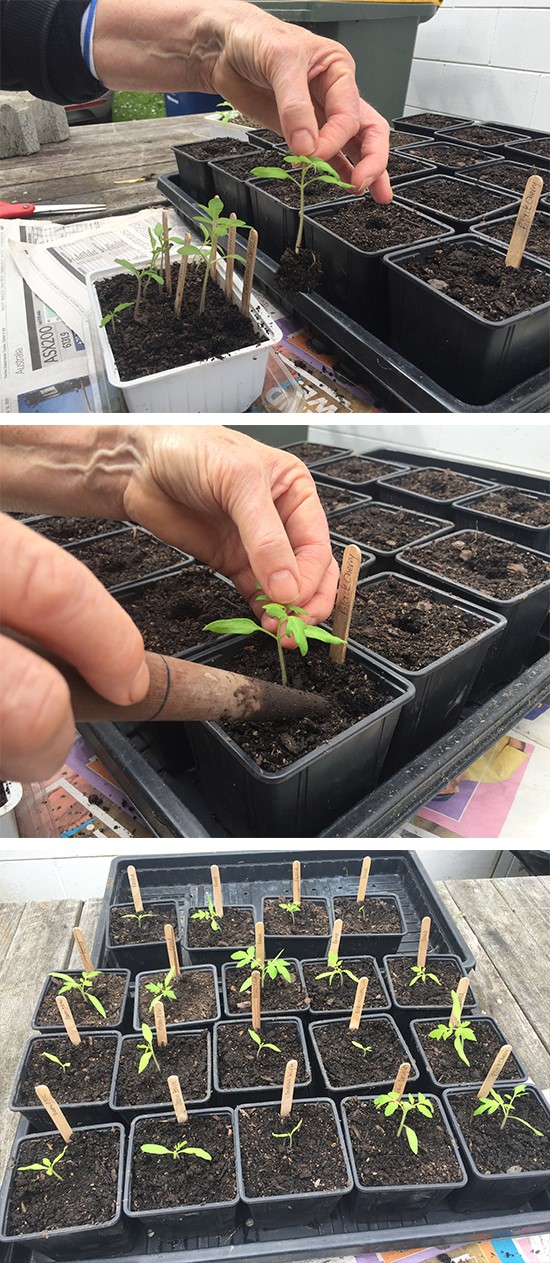
When they’re all pricked out, we water them in a container of water which we add a good splash of liquid seaweed to. Liquid seaweed helps prevent damping off (when seedlings’ roots rot). Leave them for 5-10 minutes or until wet on top.
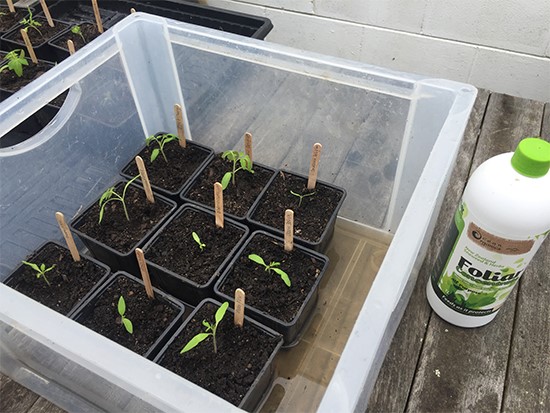
Then onto a used meat tray or similar and the windowsill.
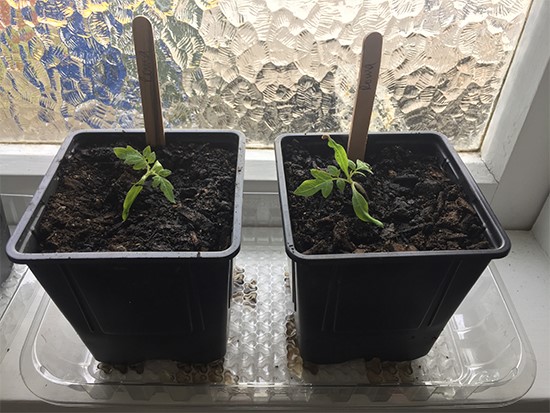
As some of you know I had hoped to have a little tunnelhouse up by now, so as the rest of the family doesn’t feel like they’re living in a greenhouse. But that plan has been thwarted by COVID. Won’t be long hopefully before we’re back to Level 2 though!
Have a great weekend 😊
From Jan and Rob
Website designed by www.thecornerstorecollective.com
Developed by Richard Hpa
4 Responses
Hi thanks for all your amazing advice. I followed your blog about seed sowing (first timer) and then have just pricked out my first tomatoes. I have a green/glass house and left them in there today but it was way too hot I think as they look quite withered – our outside temp was 18. Can you tell me roughly what an ideal temp is for very young seedlings – I don’t have a lot of windowsill space but I’m wondering if they need to stay inside? Thanks very much.
Sorry for the tardy response! Tomatoes don’t particularly like extremes in heat variation. The ideal range is probably 18-25°C. If your tunnelhouse is small, it will heat up quickly, so keep it well-ventilated – door and windows/vents all open. They also don’t like it cold at night. With a good watering, your tomato seedlings should rally. They will have experienced a bit of transplant shock on the first day as well, which could explain some of the droopiness. All the best 🙂
A question please. If you are using your newspaper pots, how do you keep them from falling apart when they are wet? And do you always water from the bottom? I guess you keep the soil damp at all times?
thanks – you can probably tell I’m a beginner.
Hi Erica Rob says you could make the paper double which will help a bit. I water mine from the top, but Rob waters his from the bottom and says, while they fall apart a bit, if you pack them in together and use each of them as support for the others, as well as having a dish with high sides that they sit in, they should be fine. All the best 🙂